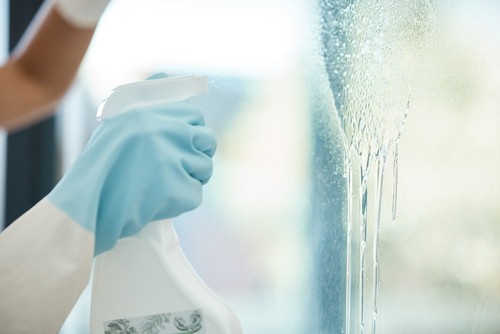
9 Reasons Why Part-Time Maid Is Better Than Full-Time Maid
October 4, 2021
How To Get Rid of Cooking Smells?
October 24, 2021How to Remove Marks From Induction Hob?

How to Remove Marks From Induction Hob? Knowing how to clean an electric stovetop and knowing the right chemical solutions for cleaning may save you a lot of money. Cleaning and care are essential for your cooking and eating surfaces. It looks good and ensures that there are no stains or chemicals left on the surface, which might affect your health adversely.
If there are some stains on the surface or if you have damaged your induction hob in any way, then it’s better to clean it ASAP. A normal cleaning job can be performed by using regular household items found at home. Read on – How to Remove Marks From Induction Hob
Table of Contents
Toggle1. Use baking soda paste
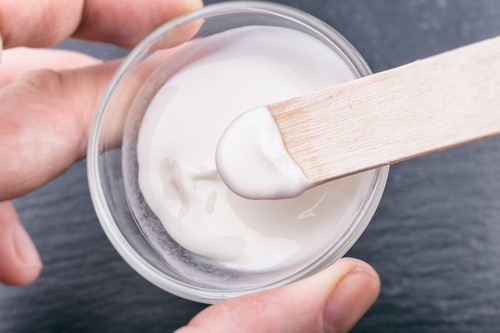
The first thing you will need to do is make a baking soda paste with some water. Apply the mixture onto the cooled-down indented area and let sit overnight before using any abrasive materials to get rid of the mark.
One tip would be not to use too much water when making this paste, otherwise, it will dry up too quickly. The next day, you should gently scrub the area with a soft cloth to get rid of any marks.
2. Use vinegar
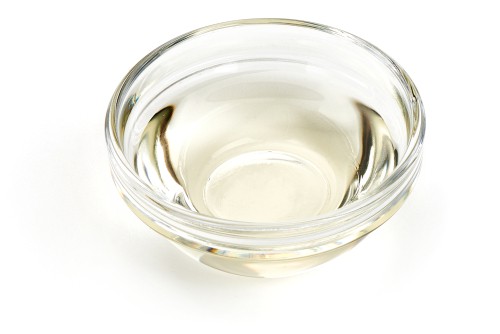
One way of getting rid of that pesky moth is by using vinegar mixed with water.
You’ll need an equal amount of water and vinegar (even better if it’s distilled white vinegar) before applying it onto the indented areas. Make sure you’re wearing gloves when doing this because the smell can be pretty strong.
Leave your mixture on for about twenty minutes or until all residue has corroded away into nothingness. After that, simply use warm water and a sponge to remove any remaining trace. One thing to take note of is not to truly scrub on the areas with any abrasive sponges as they might cause more damage.
3. Use olive oil
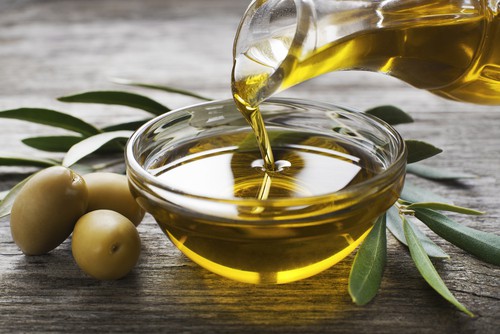
Olive oil can be used to remove marks left by your induction hob. Simply put some olive oil onto a clean towel before wiping down the area gently. You can also use it overnight after you have applied some elbow grease into scrubbing away any residue! Leave it for about 20 minutes before using another clean towel soaked in water to help remove any excess oil.
4. Use toothpaste
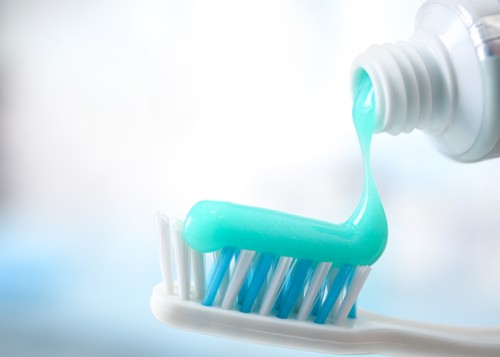
If vinegar and baking soda paste isn’t working, you’ll need something stronger – toothpaste. Make sure it has baking soda in its ingredient list, or you will end up with too much foam, making life difficult for yourself.
Make a paste, apply it onto the indented area, and scrub gently with a soft cloth. Leave for about an hour before rinsing off; you will see that the mark has been removed.
5. Use toothpaste and salt
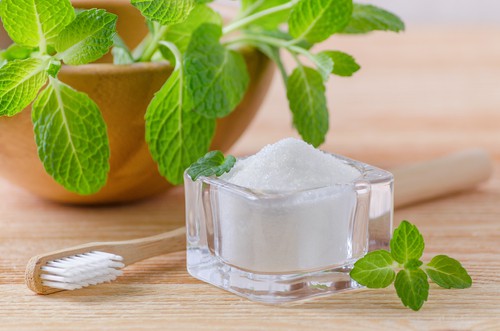
Toothpaste works incredibly well when mixed with small amounts of salt, especially if the indentation is severe. The best thing to do is add some baking soda just so that your mixture isn’t too watery. You will want to let this paste sit on there until it’s almost dry or all residue has corroded away. After which simply rinse off the area and use a towel soaked in warm water to get rid of any excess.
6. Use vinegar and lemon juice

Vinegar is also great for removing tough marks left by your induction hob – especially if it’s made from stainless steel. Another thing you can do which works really well is added lemon juice to give your mixture a little boost of power.
The process is fairly similar to the previous one. After applying the vinegar mixture, simply leave it on until all residue has corroded into nothingness! You will need quite a bit of elbow grease since vinegar isn’t that strong of an acid. A soft sponge soaked in water can help remove any remaining residue.
7. Use nail polish remover
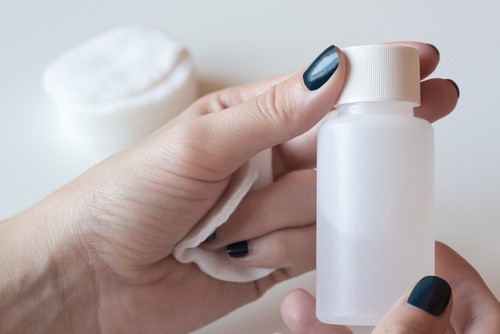
Nail polish remover works wonderfully on removing residues caused by your induction hob. However, you have to make sure that it’s acetone-free since it can potentially damage the finish of your induction hobs surface. Simply apply a generous amount onto the area and leave to soak for about 20 minutes before gently scrubbing with a soft cloth to remove any mark or residue.
8. Use baking soda
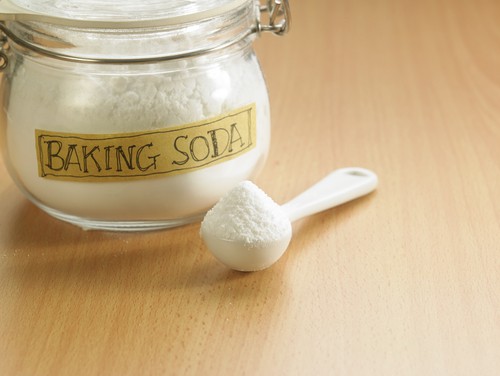
Baking soda is great at getting rid of tough marks left behind by cooking on your induction hob, especially if they are older than usual. All you need to do is make some sort of paste out of the water and baking soda before applying it to the affected areas.
Let it sit overnight or until all residue has corroded away – which shouldn’t be too long because baking soda has abrasive properties itself. After that, simply use warm water and a sponge to remove any remaining trace.
9. Use a razor blade
In case you really can’t get rid of the marks no matter what, your only choice is to use a razor and scrape away at the surface. After this, it would be wise to re-season the induction hob before using it again.
The main reason for not doing this often is because other than scraping off what’s on top, it could damage the induction hobs heating element as well! Make sure to take special care when using such tools as they can seriously harm you if not used correctly – especially those that are electrical.
10. Try soaking up leftover residue with oil or oil spray

If all else fails, then, try soaking up as much residue as possible with cooking oil. This will prevent it from corroding and damaging the surface of your induction hob. You can use paper towels and oil spray to reach otherwise unreachable areas. Depending on how strong acid has caused the mark, you might need to do this each time you cook something – just to be safe.
How to Remove Marks From Induction Hob – Conclusion
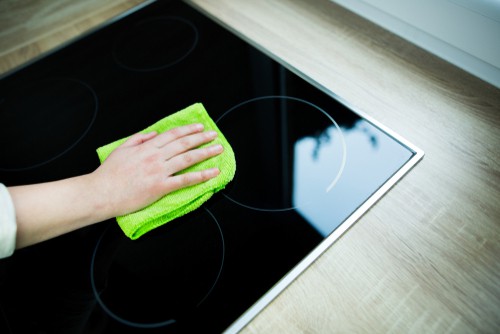
The above-mentioned tips and tricks on removing marks from the induction hob are nothing but chemical-free, which does not even cost you extra bucks as these items are easily available at home.
You can also use them to double up as a cleaning solution along with multiple functions. Make sure to wipe the surface after every treatment using a clean and dry cloth and you can keep applying this method a few times a month for maintenance purposes.


